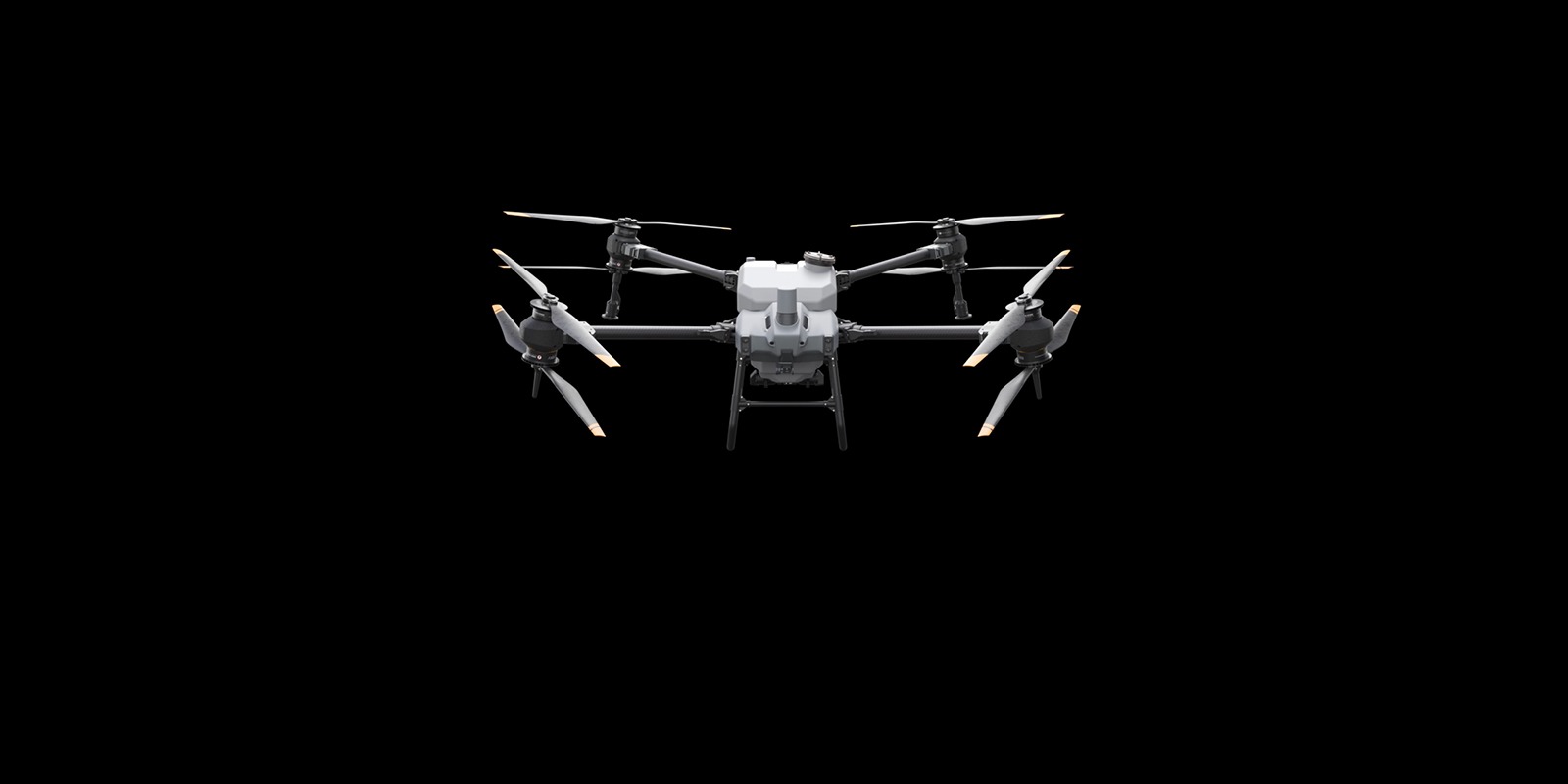Buying guide to the DJI Agras T30 and T40 spray drone.
While both the T30 and T40 models boast advanced features and offer a highly efficient means of crop management, it’s essential to understand their distinctions to determine the most suitable choice for your specific needs.
Here’s what you need to know…
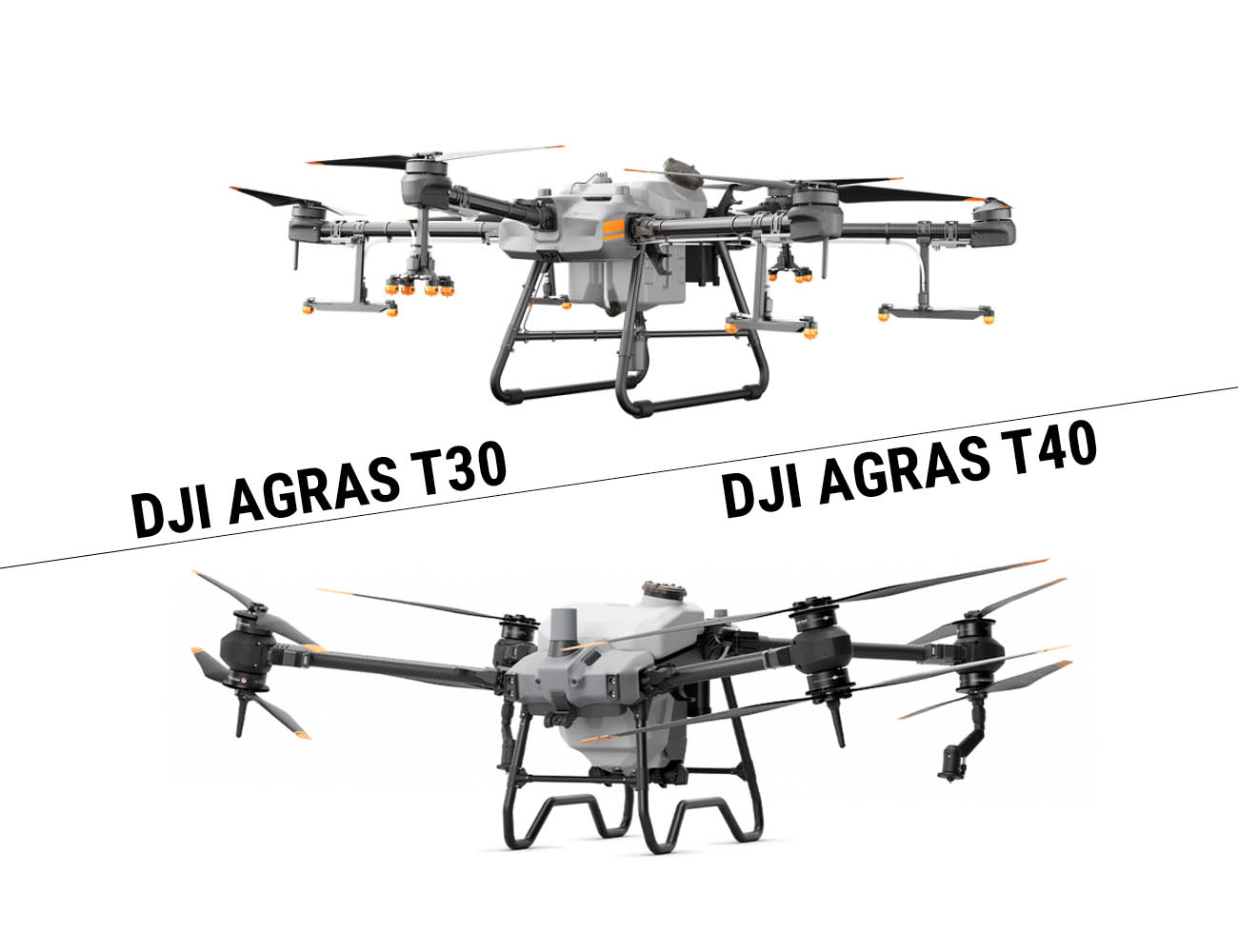
Both the T40 and T30 are renowned for their robustness, durability, and high performance, maintaining the series’ established reputation.
Notably, the T40 stands out in terms of efficiency, featuring an augmented payload capacity. This enhancement is particularly beneficial for broad-acre and orchard growers, offering improved capabilities for their specific needs.
A primary difference between the Agras T40 and T30 is of course their size and payload capacity. The T40, being larger and, in our opinion, having a sturdier design, can carry a maximum payload of 50kg (with a spreading capacity of 1.5 tonnes per hour), whereas the T30’s maximum payload capacity is slightly lower at 30kg.
When it comes to spreading seeds, baits and granular products, this disparity sees the T40 transporting more product, enabling it to cover more extensive areas in a single flight (a maximum of 12 minutes when carrying a full payload). However, even though the T40’s has a larger frame and sturdier design, we have found the T30 to perform more effectively seeding in stronger winds at max capacity.
It is important to note, the payload capacity of the T40 is influenced by ambient temperature and altitude. DJI advises reducing the payload weight by 10 kg for every 1,000 meters increase in altitude however seeding at a 1,000 meter altitude seems highly unlikely. The DJI Agras app provides real-time recommendations for payload weight based on the aircraft’s current status and environmental conditions. It is crucial to adhere to these recommendations, as exceeding the maximum weight may compromise flight safety. Always ensure that the added materials align with the prescribed values for a secure and efficient operation.
Turning our attention to the spraying systems, both models provide extensive coverage with even distribution, strong penetration, and exceptional drift prevention. Yet, the T40 takes it a step further with two centrifugal, atomization nozzles allowing the pilot to adjust droplet size with the push of a button.
When it comes down to the hourly operating efficiency, this all comes down to your operating environment and parameters such as water rate, nozzles/droplet size, swath, altitude, and flights speed which will of course be determined by your crop type and application requirements.
DJI’s data suggests the T40 is capable of averaging 21.33 hectares per hour with a consumption rate 15L/ha, spray width 11m, flight speed 7m/s and with an altitude of 3m compared to the T30 which can spray 6.67 hectares per hour on average (with a dosage of 12 L/ha, spraying width of 5m, speed of 5 m/s, and height of 2.5m).
With the T40, we’ve sprayed an impressive 12 hectares of trellis tomatoes per hour with a 30L water rate, compared to using the T30 where we’ve averaged around 6ha/hour. Furthermore, the T40 creates stronger wind providing a deeper penetrating effect which we’ve found to be an advantage in trellis tomatoes, lodged cane and sweetcorn crops.
Both the T30 and T40 have proven to be invaluable tools in our various operations. However, it’s worth noting that the T40, with its extended 2-minute flight time, has emerged as a game-changer in our day-to-day activities.
Though seemingly marginal, these two additional minutes can be pivotal for efficiently covering expansive farmland. Additionally, the T40 has an extended range, with a maximum remote control distance of 5km, as opposed to the T30’s 3km range. This expanded range enhances the T40’s capability to navigate and manage spraying of weeds in challenging areas across larger distances (please consider your requirements to operate your UAV within visual line of sight (VLOS) unless you have obtained other approvals).
Ensuring safety is paramount, and both the Agras T30 and T40 are equipped with standard obstacle avoidance systems and return-to-home functions inherent to DJI products. Notably, the T40 takes safety measures a step further by incorporating Active Phased Array Radar and Binocular Vision. These integrated functions enhance the aircraft’s capability to navigate and avoid obstacles, particularly in intricate scenarios, ensuring smoother terrain following for an added layer of operational safety.
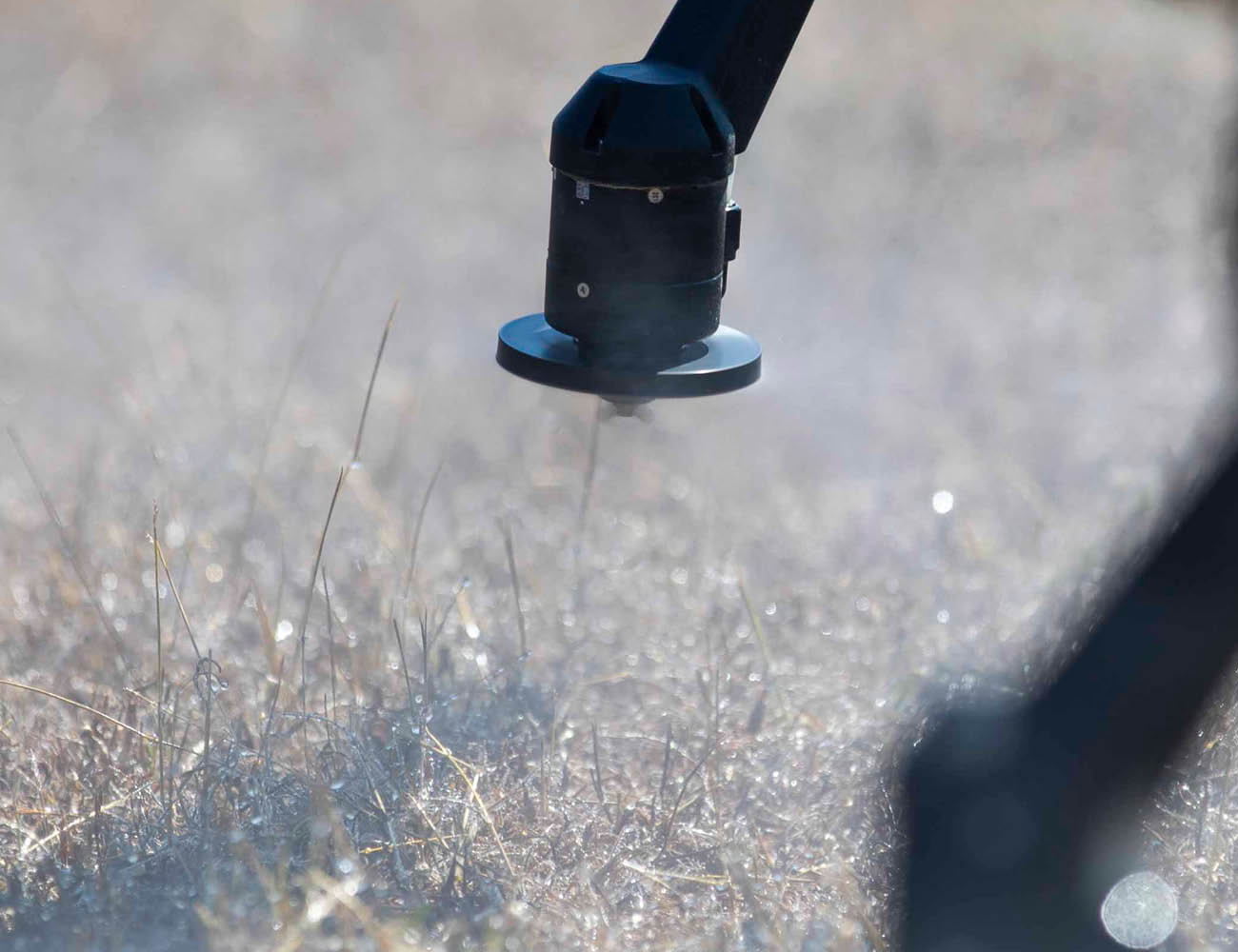
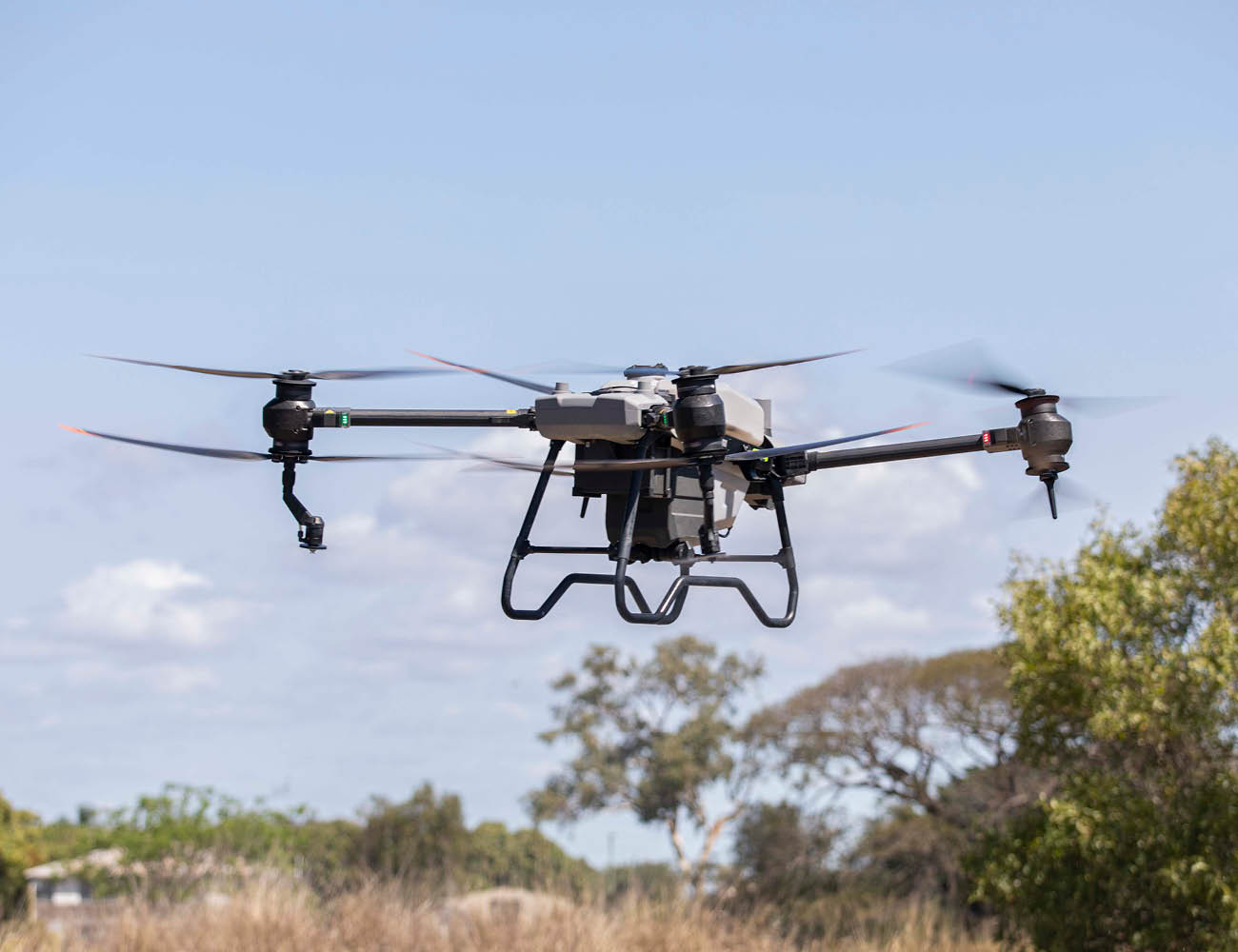
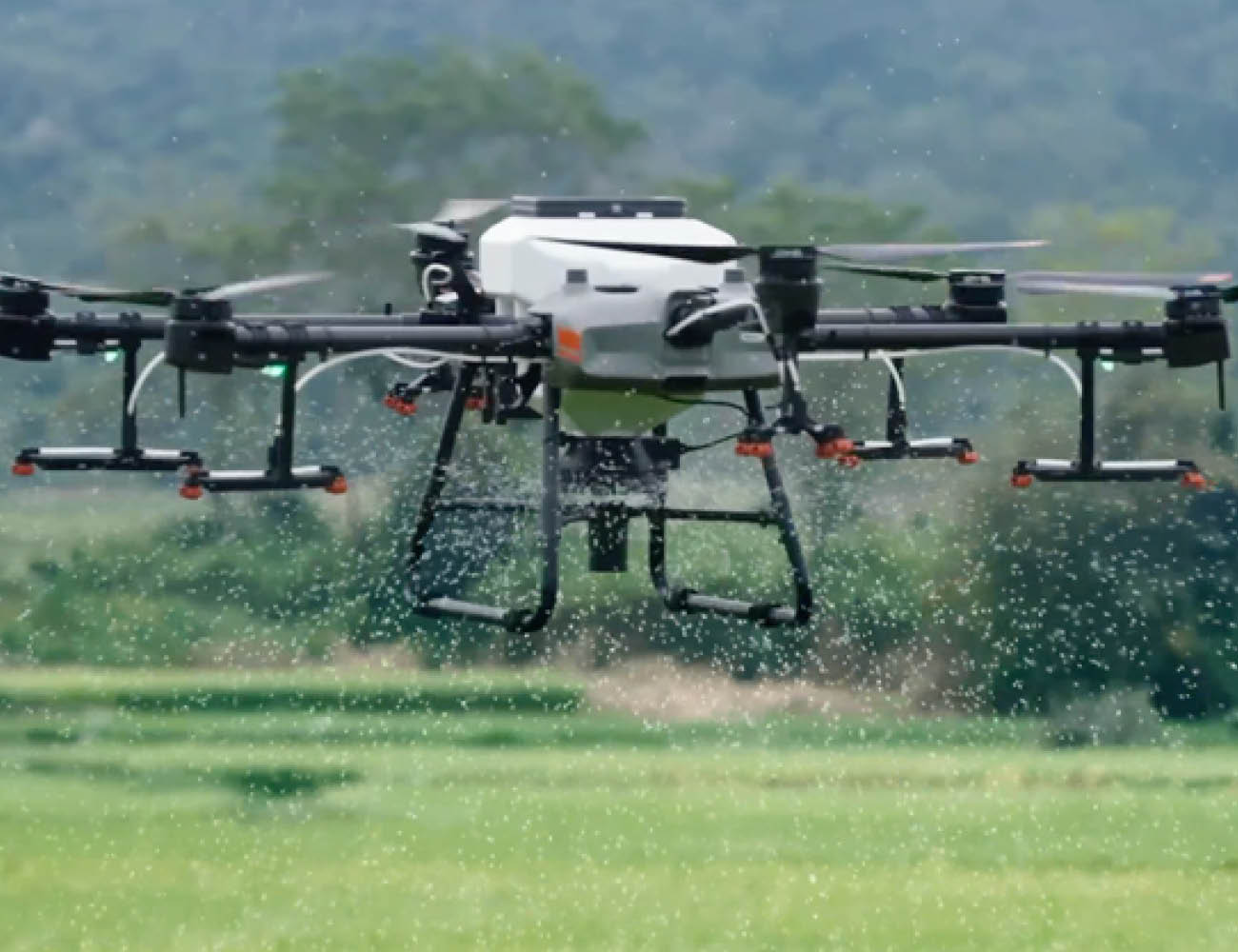
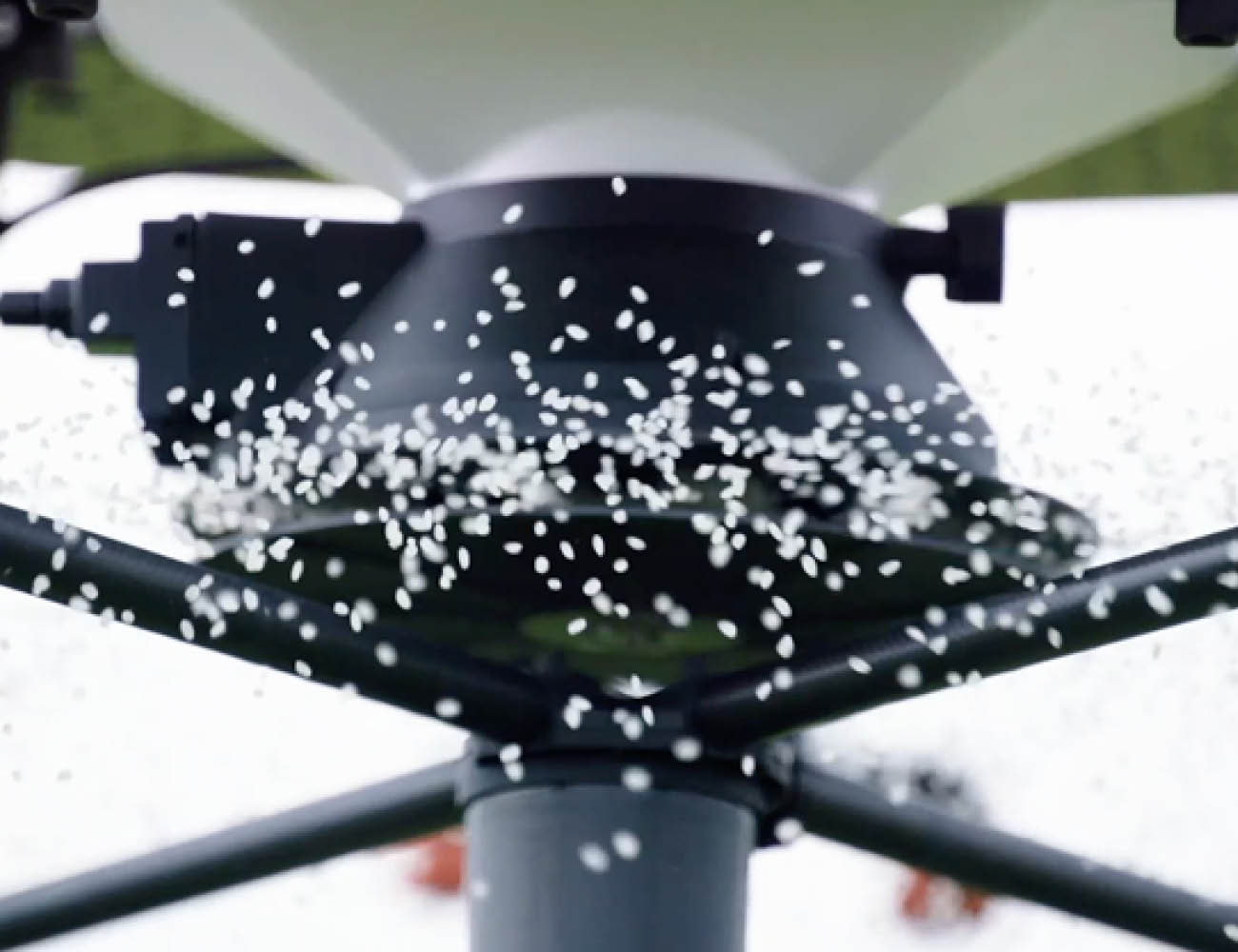
Both the Agras T40 and T30 are equipped with DJI’s sophisticated flight control system, boasting features such as autonomous flight planning, terrain-following, and real-time monitoring. This comprehensive system simplifies the planning and execution of intricate spraying missions, allowing operators to navigate complex tasks with minimal effort and enhanced precision.
Considering the price perspective and value for money, opting for the T30 represents a more budget-friendly investment compared to the T40. The T30, including a 3-battery starter bundle, is priced at approximately $27,000 (as per the NQA website price in 2023), while the T40, with a similar bundle, has a retail price of around $35,049.
If you’re engaged in broad-acre farming or managing orchids, and you’re looking to put in some serious stick time, the Agras T40 being larger and more powerful, excels in heavy-duty agricultural tasks.
If you’re thinking of using your spray drone for small scale operations or you think you will only use your drone in specific circumstances such as after a wet weather event when you are unable to get a ground rig on the ground, the T30’s smaller and more compact design makes it an optimal choice.
Your decision between the Agras T40 and T30 should be guided by your specific needs and requirements. Fortunately, both drones offer excellent options for modernizing and streamlining agricultural operations, ensuring that you can’t go wrong with either choice.
